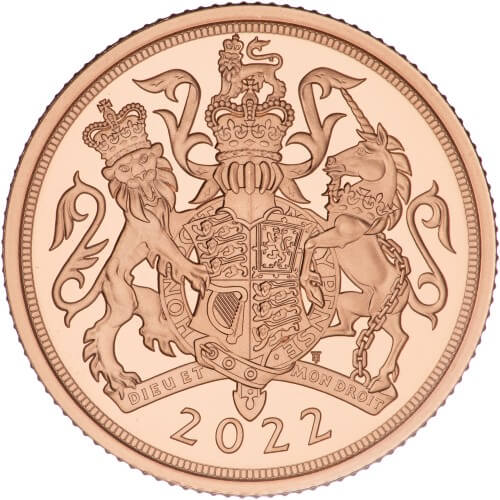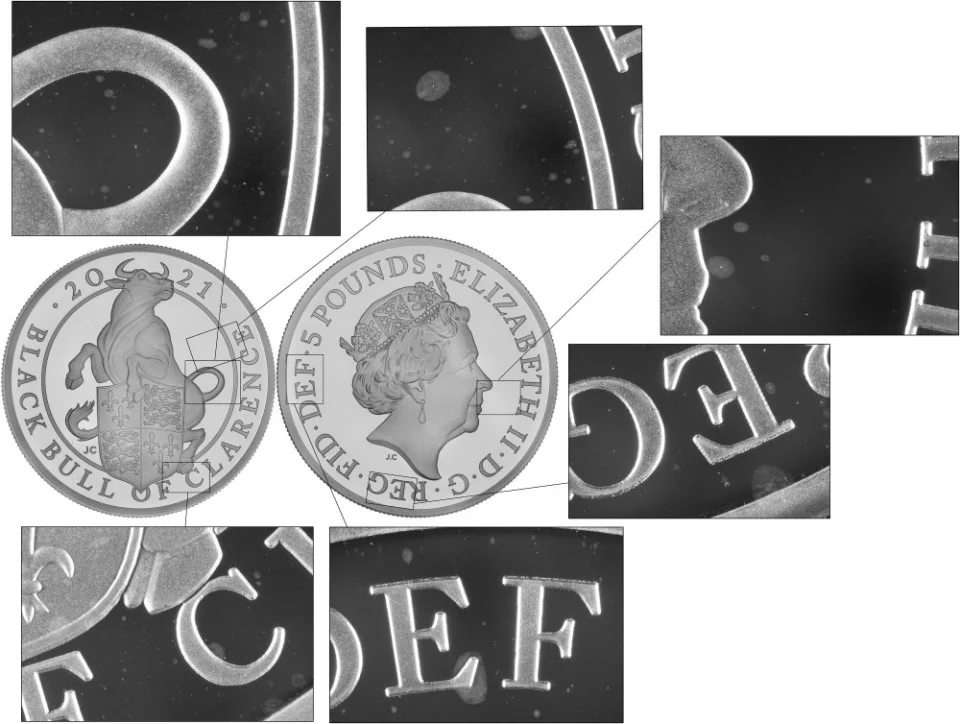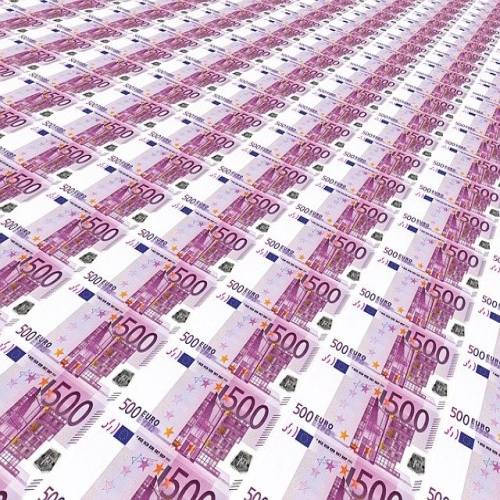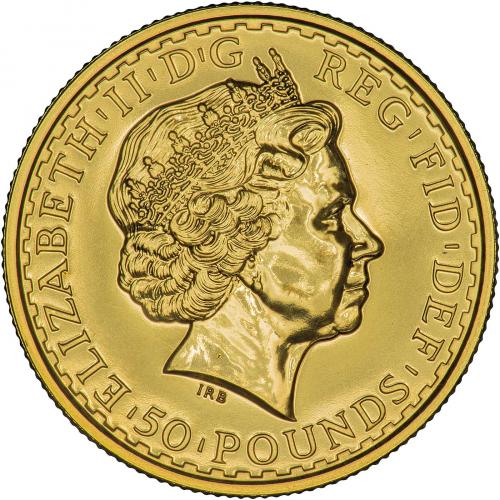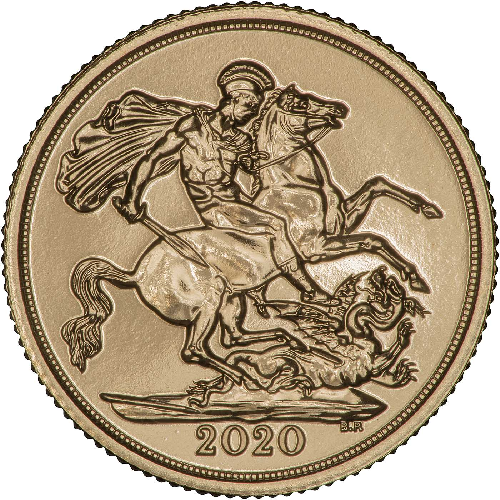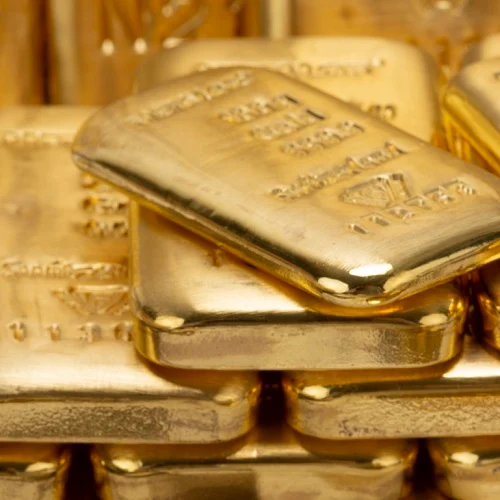Gold:Silver Ratio
Synopsis
The gold-silver ratio compares the relative worth of gold and silver and can provide valuable insights for investors and traders. Factors such as economic conditions, political events, and supply and demand affect the ratio. By understanding historical trends, strategies and diversifying portfolio, investors can make informed decisions on allocating assets.

Introduction
The gold-silver ratio is a metric employed to evaluate the relative worth of gold and silver. It is calculated by dividing the current price of gold by the current price of silver. For instance, if gold is priced at £1,350 per ounce and silver is priced at £13.50 per ounce, the gold-silver ratio would be 100 (1,350 / 13.50 = 100).
The gold-silver ratio has been utilized for millennia to compare the relative worth of these two metals. In the past, the ratio was often determined by governments, however, in recent centuries it has been established by market forces. Historically, the gold-silver ratio has fluctuated between around 15 and 100, with an average of around 40-45.
The gold-silver ratio is of importance for investors and traders as it can provide valuable insights into the relative worth of these two metals. A high ratio suggests that gold is relatively more valuable than silver, while a low ratio suggests that silver is relatively more valuable. By understanding the gold-silver ratio, investors and traders can make more informed decisions about how to allocate their assets between these two metals.
Factors that affect the Gold-Silver Ratio
Economic conditions can significantly impact the gold-silver ratio. During periods of economic prosperity, demand for silver (which is employed in numerous industrial applications) tends to increase, which can cause the ratio to decline. Conversely, during periods of economic recession or uncertainty, demand for gold (which is considered a safe haven asset) tends to increase, causing the ratio to rise.
Political events and policies can also affect the gold-silver ratio. For example, if a government increases tariffs on imported silver or gold, it can affect the supply of these metals and impact the ratio. Additionally, geopolitical tensions or instability in mining regions can disrupt mining operations and therefore alter the ratio.
The supply and demand for gold and silver are also significant factors that affect the gold-silver ratio. An increase in supply or a decrease in demand for one metal relative to the other can cause the ratio to change. For example, if there's an increase in the mining of silver or decrease in demand for silver, it would likely cause the ratio to rise.
Other factors such as technological advancements, currency fluctuations, and changing consumer preferences may also impact the ratio. New technologies, for example, may increase demand for silver in certain industries, while changes in currency value can affect the relative prices of gold and silver.
Historical Trends in the Gold-Silver Ratio
Over the long term, the gold-silver ratio has tended to fluctuate within a relatively narrow range. However, there have been several significant trends that have caused the ratio to deviate from this range. For example, during the late 19th and early 20th centuries, the ratio trended lower due to increased demand for silver in the United States. Conversely, during the 1970s and 1980s, the ratio trended higher as investors sought safety in gold during a period of high inflation and economic uncertainty.
In the short-term, the gold-silver ratio can be more volatile and subject to sudden fluctuations. These can be caused by a variety of factors, such as changes in investor sentiment, news or events affecting one metal more than the other. For example, a sudden increase in the supply of gold, or a decrease in the demand for silver, may cause a short-term spike in the ratio.
By analyzing past events and how they impacted the ratio, it can give a better understanding of how different factors might influence it in the future. For example, looking at how the ratio reacted during previous economic recessions can aid in predicting how it might behave during future downturns. Additionally, studying how the ratio responded to changes in government policies, supply or demand for a metal can provide valuable insights for future market developments.
During the pandemic of 2020 investors were seeking gold as their was no precedent for the economic uncertainy across the globe. As gold rallied and silver struggled to keep up the ratio hit a peak of 125. At this point taking a silver position would have turned out to be quite a good trade.
Strategies for Trading and Investing in the Gold-Silver Ratio
One strategy for trading and investing in the gold-silver ratio is to use it as a form of hedging against market risk. For example, if an investor believes that the ratio is too high and that silver is relatively undervalued, they might choose to invest in silver as a hedge against a potential decline in the value of their other investments. Conversely, if an investor believes the ratio is too low and that gold is undervalued, they might choose to invest in gold.
Another strategy is to use leverage to trade the gold-silver ratio. This can be achieved by buying or selling futures contracts, options, or exchange-traded funds (ETFs) that track the ratio. These types of investments allow traders to gain exposure to the ratio without having to physically buy and hold gold and silver.
The gold-silver ratio can also play a role in diversifying a portfolio. By investing in both gold and silver, rather than just one, an investor can spread their risk across different types of assets. This can help to protect their portfolio from volatility in one particular market or sector.
Conclusion
The gold-silver ratio is a valuable metric for investors and traders to consider as it provides valuable insight into the relative worth of gold and silver. The ratio is affected by various factors, including economic conditions, political events, and supply and demand for the metals. By understanding the historical trends and fluctuations in the ratio, as well as strategies for trading and investing in it, investors and traders can make more informed decisions.
It is challenging to predict the future of the gold-silver ratio. However, by monitoring current economic and political conditions, as well as supply and demand for the metals, investors and traders can make educated predictions about the potential movements of the ratio.
Investors and traders should include the gold-silver ratio in their analysis when making decisions about allocating assets. By considering the ratio in conjunction with other factors, such as the overall state of the economy, investors and traders can gain a better understanding of the relative worth of these precious metals. Additionally, by including both gold and silver in their portfolio, investors can take advantage of diversification benefits.
Related Blog Articles
This guide and its content is copyright of Chard (1964) Ltd - © Chard (1964) Ltd 2024. All rights reserved. Any redistribution or reproduction of part or all of the contents in any form is prohibited.
We are not financial advisers and we would always recommend that you consult with one prior to making any investment decision.
You can read more about copyright or our advice disclaimer on these links.




